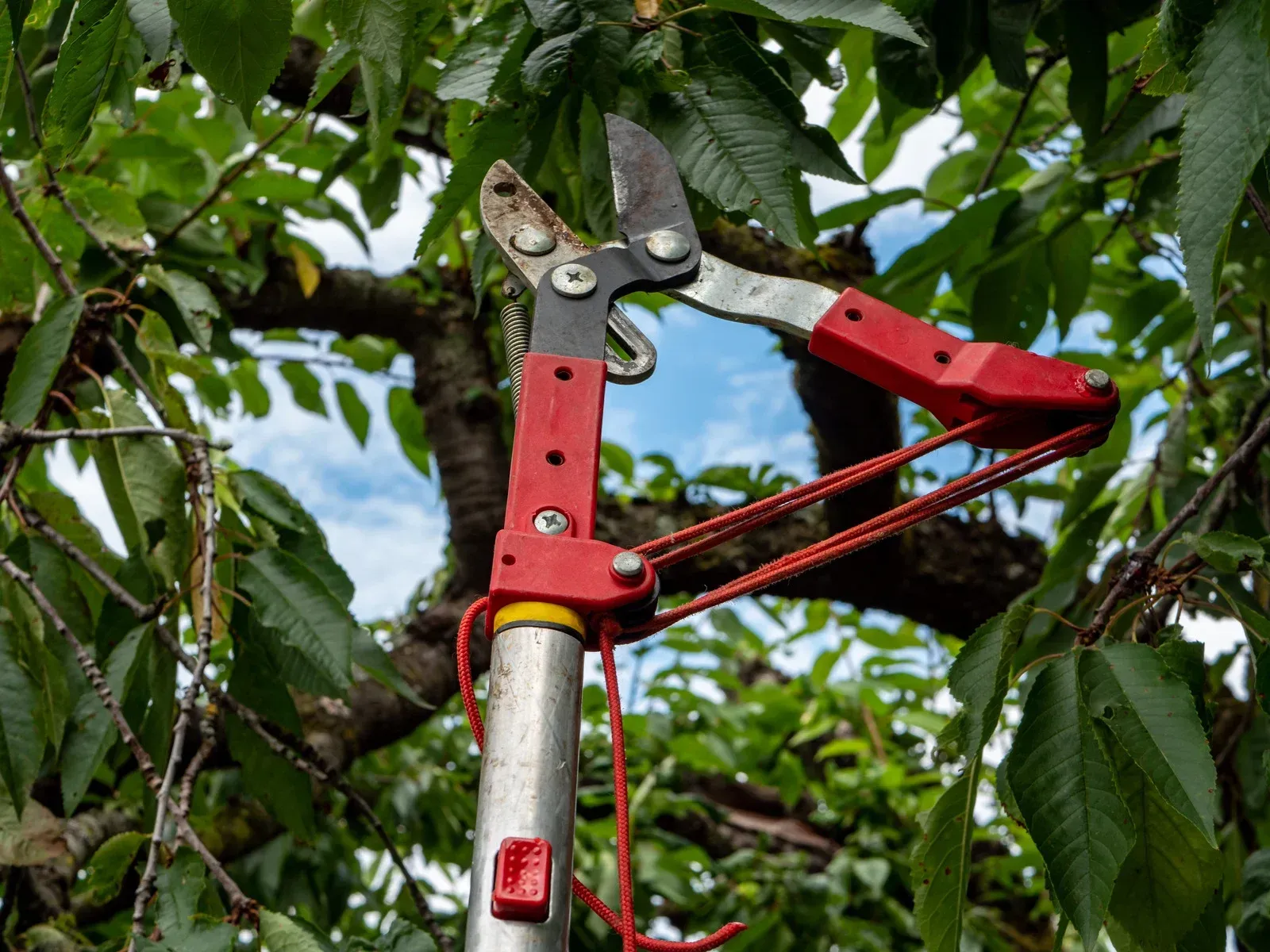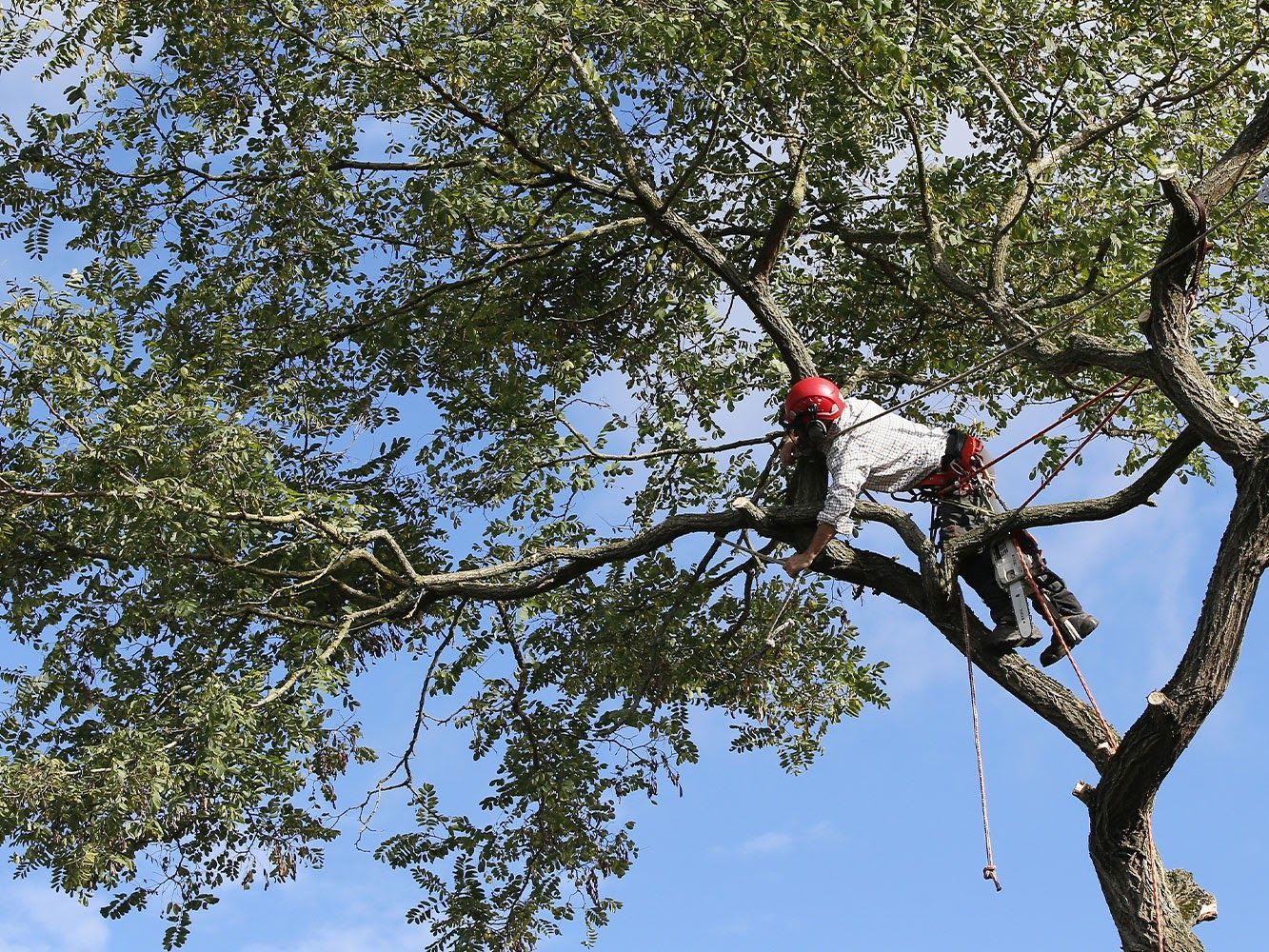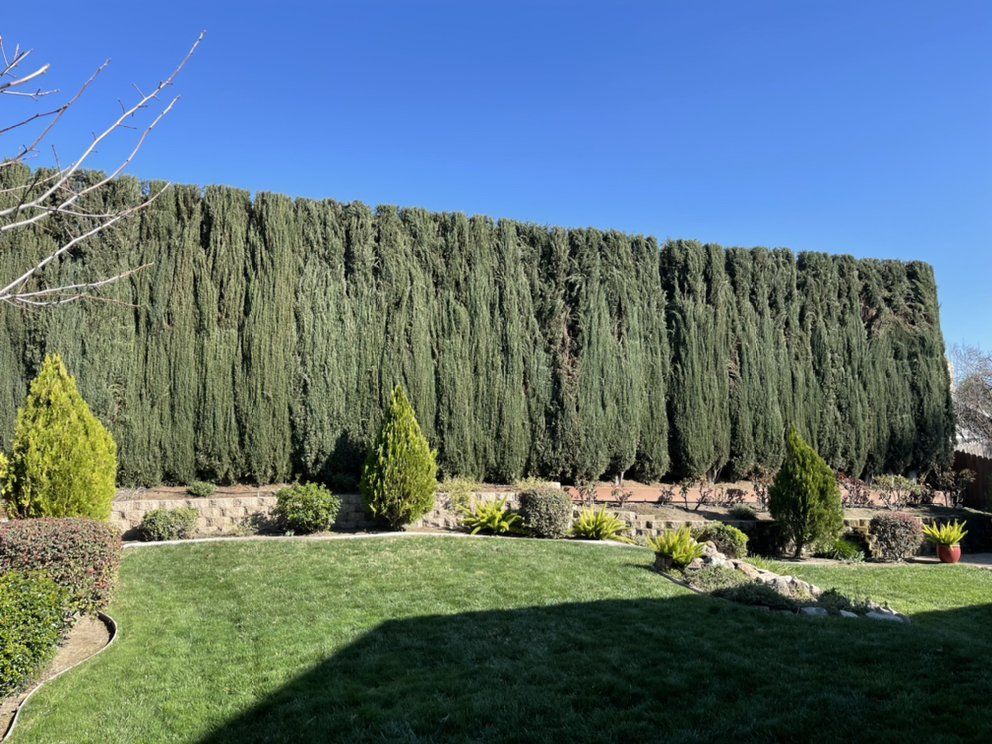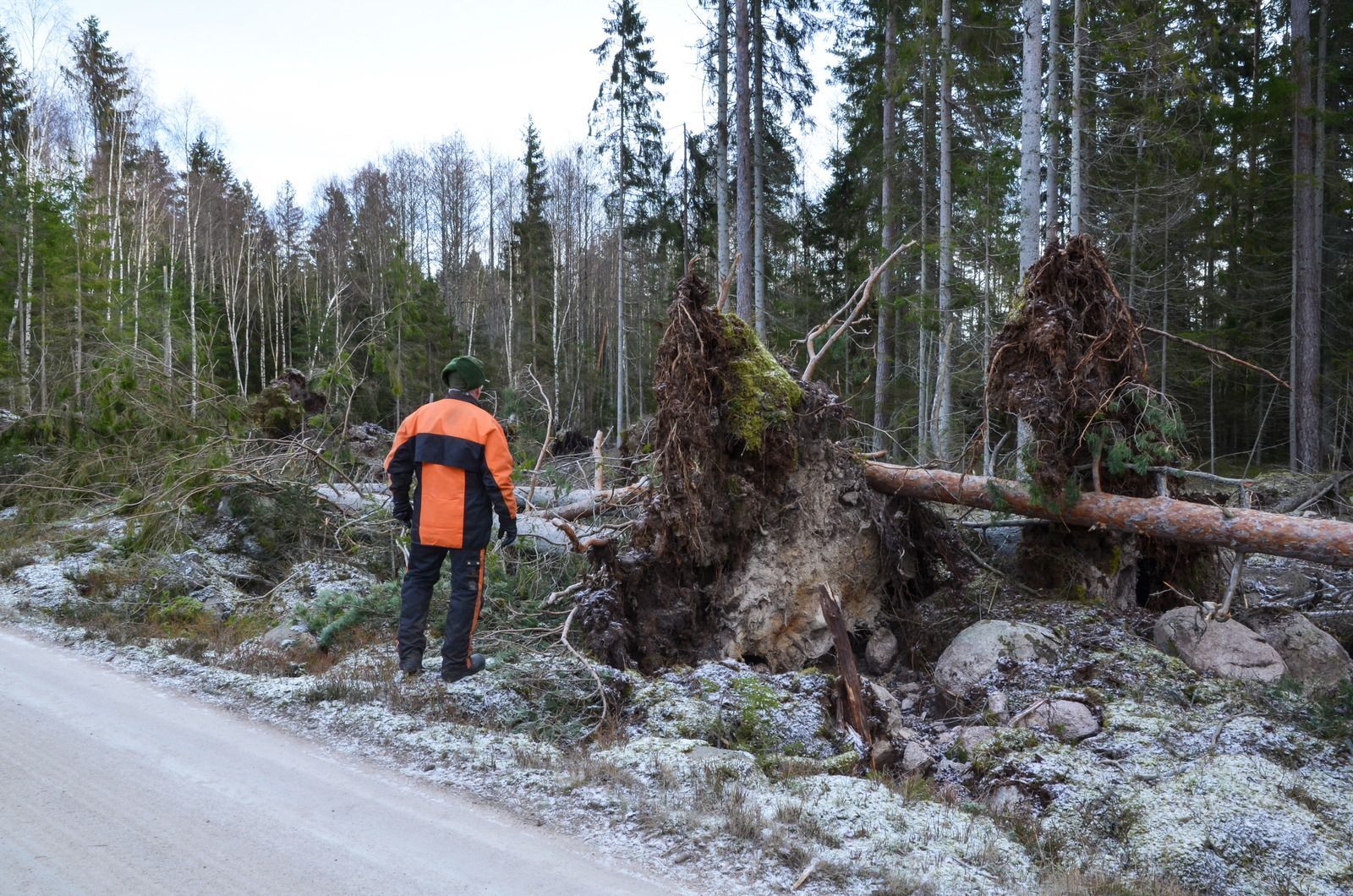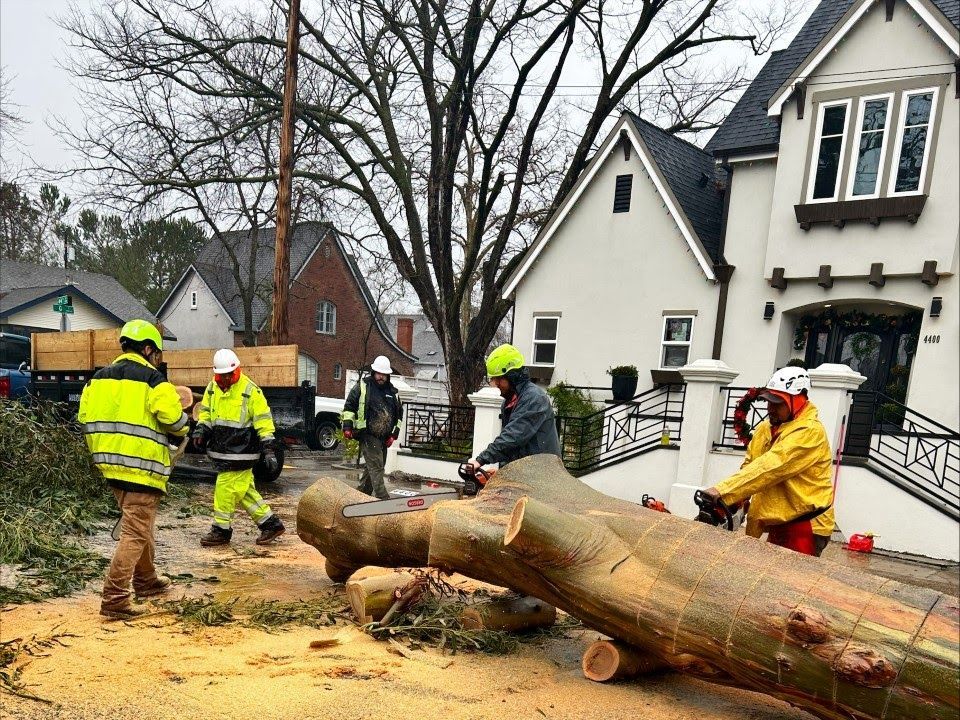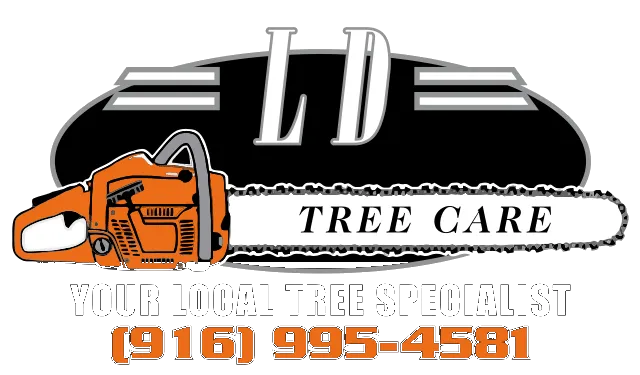When Should You Trim Your Trees?
Trees are a vital part of any landscape, providing shade, enhancing curb appeal, and even increasing property value. Their presence contributes to cleaner air, reduced noise pollution, and a more inviting outdoor space. However, simply planting trees is not enough—they require ongoing care to stay healthy and strong. One of the most important aspects of tree maintenance is regular trimming. Proper trimming helps shape the tree, remove dead or diseased branches, and prevent potential safety hazards such as falling limbs.
Additionally, trimming promotes healthier growth, allowing trees to thrive for years to come. While many homeowners may overlook this task, knowing when to trim is essential. Timing plays a crucial role in maintaining tree health, ensuring they remain robust, visually appealing, and structurally sound.
Best Times for Tree Trimming
Late Winter to Early Spring (Dormant Season)
The best time to trim most trees is during the dormant season, typically late winter or early spring, before new growth begins. During this time, trees are less susceptible to stress and diseases, and the lack of leaves makes it easier to identify weak or damaged branches. This period is particularly beneficial for deciduous trees, as it encourages healthy growth in the coming seasons.
After Storm Damage
Severe weather, including high winds and heavy rain, can weaken or break tree branches, making them a potential hazard. If you notice broken or hanging limbs after a storm, it’s crucial to have them trimmed immediately to prevent further damage or injury.
Late Summer for Certain Species
Some trees, like maples and birches, tend to bleed sap when trimmed in winter. While this is generally harmless, trimming in late summer can minimize excessive sap flow. Additionally, removing dead or diseased branches in summer can help improve the tree’s overall health and structure.
When Trees Become Overgrown
If your trees are encroaching on power lines, structures, or blocking visibility, it’s time to schedule a trim. Overgrown branches can pose safety risks and may even result in damage to nearby property. Regular trimming ensures your trees grow in a controlled and safe manner.
When You Notice Dead or Diseased Branches
Dead or diseased branches can weaken a tree and make it vulnerable to pests or infections. If you see signs of decay, such as discolored leaves, brittle branches, or fungal growth, it’s best to trim the affected areas as soon as possible to prevent further deterioration.
Shaping and Aesthetic Maintenance
If you want your trees to maintain a particular shape or size, regular trimming is necessary. This is especially true for ornamental trees and shrubs, which require consistent care to keep them looking neat and well-maintained.
While minor trimming can be a DIY task, major pruning should always be left to professionals. Improper trimming can harm the tree, causing stress and potential disease. Certified arborists have the expertise and equipment to trim trees safely and efficiently, ensuring their long-term health.
If you’re looking for
professional tree trimming services in Sacramento and Surrounding Areas, LD Tree Care
is here to help. With years of experience in tree maintenance and care, our team ensures your trees remain healthy, safe, and beautiful. Whether you need seasonal pruning, storm damage cleanup, or routine maintenance, we provide expert services tailored to your needs.
